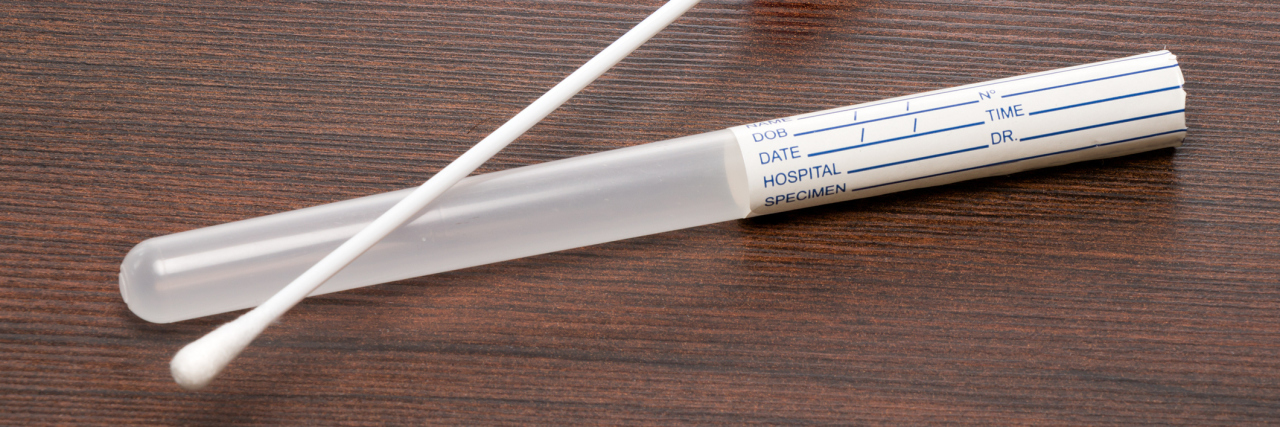I think I’ve seen images of just about every part of the inside of my body in the past few years. That’s kind of inevitable when you have a pages-long list of symptoms but no existing test to give you a definitive name for your problem. I’ve got a folder of blood test results, too, that I’m unwilling to part with even though I can barely make sense of them.
- What is Fibromyalgia?
- What Are Common Fibromyalgia Symptoms?
Most of these pictures and numbers come to the same conclusion: unremarkable scan, normal levels, a perfectly healthy body. I have all this information on exactly what I’m made of, but none of it seems right. Answer keys for somebody else’s questions. No proof of what feels so obvious that with each and every appointment, I’m convinced that an organ is failing and some doctor is going to say, “Of course you feel like this. Your results make it obvious.”
While I’m grateful that no news has ever been bad, I’m also frustrated because as long as my best answer is fibromyalgia, I’ll have something I’ll hesitate to identify in public. Half of my current doctors don’t quite believe it exists at all, and without concrete causes for them sometimes I wonder if they’re right that I need psychiatric help much more than pain management. I actually need both.
I remain a huge fan of anything that will give me certainty: blood tests, reality show spoilers, blog posts in which I can sort out what I’m thinking. It was a given that when the option to spit in a tube and mail it away for answers became available, I would be interested.
23andMe made my situational hypochondriasis a trendy indulgence. I checked my sample’s status constantly from the day it left my hands, and eight weeks later I had yet another report to add to my growing collection. It will come as a shock to no one that my ancestry is something like 97 percent European. I have an increased likelihood of having celiac disease, and a high probability of being lactose intolerant. Little else is worth mentioning, and believe me when I say I know that’s a good thing, but I couldn’t resist doing some more digging anyway.
There’s a website called Promethease that gives you tons (and tons) of information about your DNA variations based on raw data you can upload from 23andMe. The results are a little tricky to navigate, but upon opening your report you see a list of your green “good” variations and red “bad” variations. I have a very good chance of developing type 2 diabetes and a greater-than-average likelihood of having a few specific cancers someday… but I knew that already. Not one line said I was genetically predestined to have nerves that are seemingly frayed and sloppily connected, or the physical stamina of an 80-year-old. No big red flags marked some chemical imbalance, and no disclaimer told me to seek medical attention immediately.
I remain relieved and somewhat skeptical. On paper I’m normal for the umpteenth time, but still missing work when the air hurts my skin or my phone is impossibly too heavy to hold up. I’ll keep searching for clues because it’s just too hard to accept that my world is being rocked by some truly immeasurable, invisible flaw in my DNA that can’t be fixed, and I’ll keep reminding myself that life can go on without a positive test and a cure for as long as it takes. That’s just part of my normal.
Follow this journey on Red Light | Green Light.
Getty Image by fotoquique

